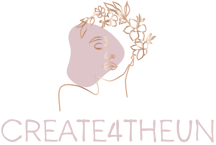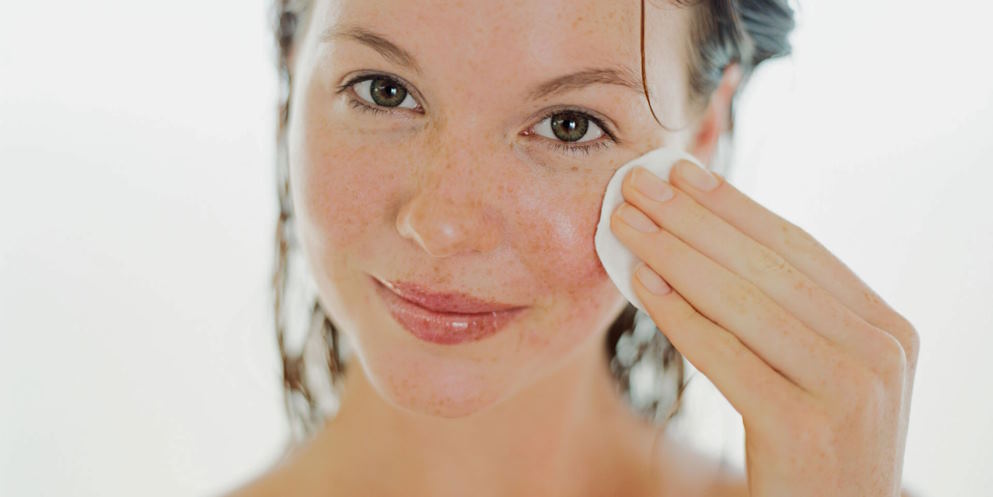Things You Should Know About Before Extending Your Hair
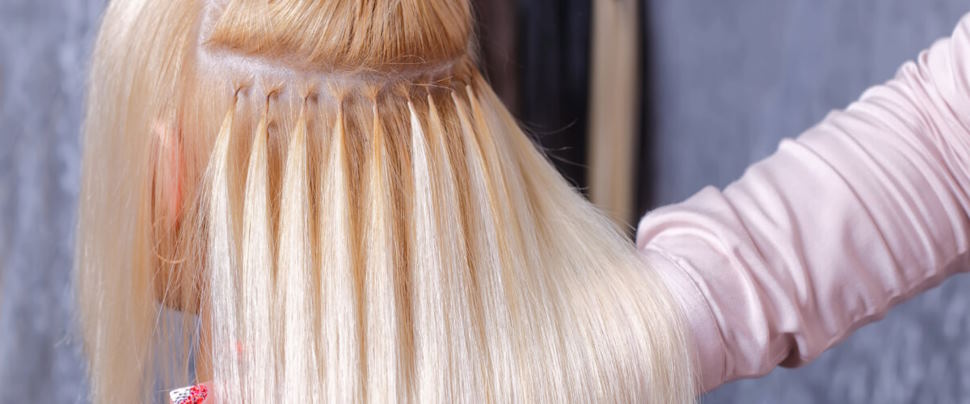
Hair extensions can transform your look, adding length, volume, and even a touch of glamor to your everyday style. Before diving into the world of extensions, however, it’s essential to understand what you’re getting into. From different types and application methods to maintenance and potential risks, there are crucial factors to consider. Making an informed decision ensures a stunning result and the health and vitality of your natural hair.
What are the types of hair extensions?
There are several types of hair extensions, each differing in application method, durability, and overall effect. Here are some common types:
Clip-in Extensions
Clip-in extensions are a popular choice for those looking for temporary hair transformations without commitment. They consist of wefts of hair with small clips attached along the top, which you can easily attach and remove at home. Typically made from synthetic or human hair, clip-ins come in various lengths, colors, and textures to blend seamlessly with your natural hair. They offer flexibility in styling, allowing you to add volume or length for special occasions or daily wear. Clip-in extensions are gentle on your natural hair as they do not require adhesives or heat for application.

Tape-in Extensions
Tape-in extensions involve small wefts of hair attached to thin, double-sided adhesive tape. The extensions are sandwiched between small sections of your natural hair, lying flat against the scalp for a discreet look. They are popular for their ease of application and removal, usually lasting several weeks with proper care. Tape-ins provide natural movement and can be reused by replacing the adhesive tape. They are suitable for most hair types but require professional application to ensure proper placement and avoid damage to your natural hair.
Sew-in or Weave Extensions
Sew-in or weave extensions involve braiding your natural hair into tight cornrows along the scalp. The extensions, typically wefts of hair, are then sewn into the braids using a needle and thread. This method provides a secure and long-lasting result, which is ideal for adding significant length or volume. Sew-in extensions offer versatility in styling and can withstand regular washing and styling. However, they require professional application and removal to prevent tension on the scalp and potential damage to your natural hair.
Fusion or Bonded Extensions
Fusion extensions use keratin or other types of adhesive to bond small sections of hair extensions to your natural hair. The bonds are attached close to the scalp using a heat tool to melt the adhesive, creating a seamless blend between the extension and your natural hair. Fusion extensions provide a natural look and feel, allowing for freedom in styling and activities. They are durable and can last several months with proper care. However, they require careful application by a trained stylist and can be more challenging to remove without professional assistance.
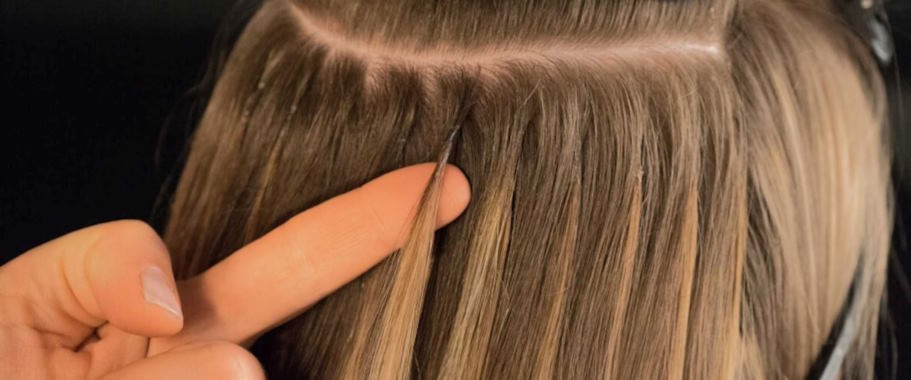
Micro-link or Micro-bead Extensions
Micro-link or micro-bead extensions involve attaching small sections of hair extensions to your natural hair using tiny beads or links. The beads are clamped shut to secure the extension in place without the need for heat or adhesive. This method offers flexibility as the extensions can be moved up as your natural hair grows, making them reusable and suitable for long-term wear. Micro-link extensions provide a natural look and allow for easy maintenance and styling. However, they require regular maintenance to ensure the beads remain secure and comfortable.
Halo Extensions
Halo extensions are unique and feature a thin, invisible wire with hair attached. The wire sits on top of your head, hidden under your natural hair, while the hair extensions cascade down to blend with your hair. Halo extensions are easy to apply and remove, making them ideal for beginners or those who prefer non-permanent options. They provide instant volume and length without clips, tape, or adhesives, reducing potential damage to your natural hair. Halo extensions are available in various colors and styles, allowing you to change your look effortlessly.
Why do a lot of people prefer hair extensions?
Many people prefer hair extensions for their versatility and immediate results. They offer an instant transformation, allowing individuals to achieve longer, fuller hair without waiting for natural growth. It is particularly appealing for those with thin or slow-growing hair, as extensions can add the desired volume and length.
Hair extensions also provide a quick and reversible way to experiment with different hairstyles and colors without committing to permanent changes. This flexibility is ideal for special occasions or changes in personal style, enabling users to switch looks effortlessly.
Extensions can also enhance confidence and self-esteem. Thicker, longer hair is often associated with beauty and youth, and extensions can help individuals feel more attractive and confident.
Additionally, they can be used to correct haircuts gone wrong or to add layers and dimensions that might be difficult to achieve naturally.
Professional-grade extensions made from high-quality human hair offer a natural look and feel, seamlessly blending with one’s hair.
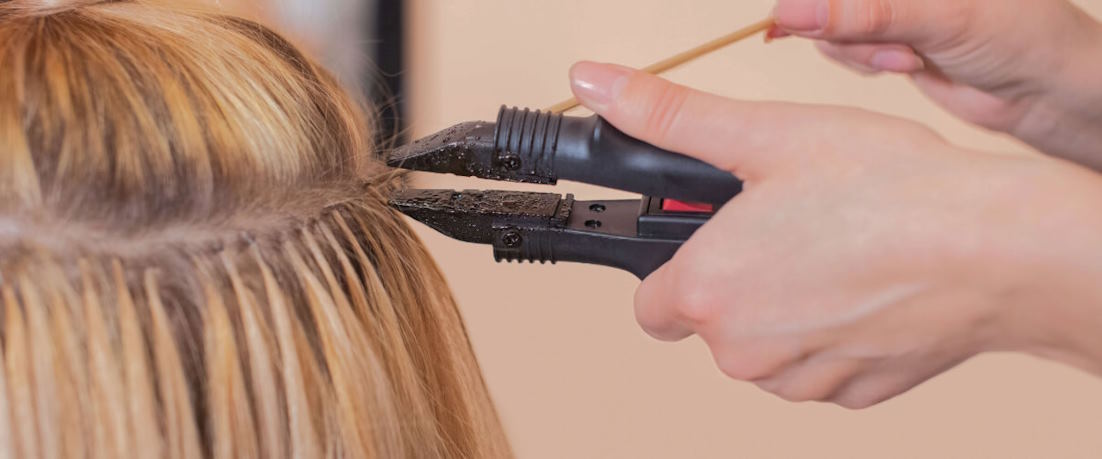
Are there any disadvantages of hair extensions?
One of the primary concerns is the risk of damage to natural hair. Certain extensions, particularly those that involve adhesives, heat, or tight braiding, can cause breakage, thinning, or traction alopecia if not properly applied or removed. The weight of the extensions can also strain the natural hair, leading to potential long-term damage.
Another disadvantage is the maintenance required to keep extensions looking their best. Depending on the type, extensions may need regular salon visits for adjustments and upkeep, which can be time-consuming and costly. Proper care is essential to prevent tangling, matting, and shedding, and this often involves using specific hair products and techniques.
Hair extensions can also cause discomfort or irritation, especially if installed incorrectly. Tight or improperly applied extensions can lead to headaches, scalp tenderness, and even allergic reactions to the adhesives or materials used.
Cost is another factor to consider. High-quality extensions and professional installation can be expensive, and the need for regular maintenance adds to the overall expense. While synthetic options are more affordable, they often do not blend naturally or last as long as human hair extensions.
How to care about hair extensions?
Use sulfate-free shampoos and conditioners to keep them clean without stripping essential oils. Detangle extensions carefully with a wide-tooth comb, starting from the ends and working up to avoid breakage.
Regularly check and adjust the extensions to prevent them from slipping or causing tension on your natural hair.
Additionally, follow specific care instructions provided by your stylist to maintain the longevity and appearance of your extensions.
